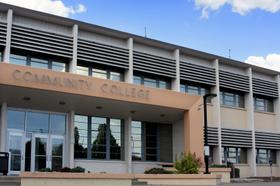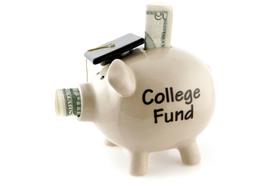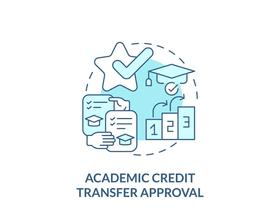Student Success Programs That Actually Work at Community Colleges
In 2025, more than ever, community colleges are embracing targeted student success programs to boost retention, completion, and equitable outcomes. For prospective students, parents, and educators, understanding which initiatives deliver results—and why—can guide meaningful decision-making. This article outlines key strategies, highlights real-world examples, and presents actionable recommendations that community colleges can use to support student success.
Why “student success” matters in the community college context
Community colleges serve a diverse population: first-generation students, adult learners, part-time enrollees, and those balancing work or family commitments. These realities mean that standard four-year pathways often do not apply. Student success programs at community colleges aim to address barriers such as unclear program pathways, remedial course requirements, limited advising, and fragmented support services.
A 2021 brief from the Community College Research Center (CCRC) describes the reform model “Guided Pathways” as a whole-college framework supporting students to explore, plan, and complete credentials aligned with good jobs or bachelor’s transfer. Similarly, a 2018 study found that students who entered a student success course in their first semester at a community college were more likely to earn college-level credits and persist into year two.ResearchGate+1
Given these and other findings, it’s clear that student success programs are not optional extras—they are essential for community colleges striving to enhance outcomes for all students.
Key program types that deliver results
Here are four evidence-based types of






















